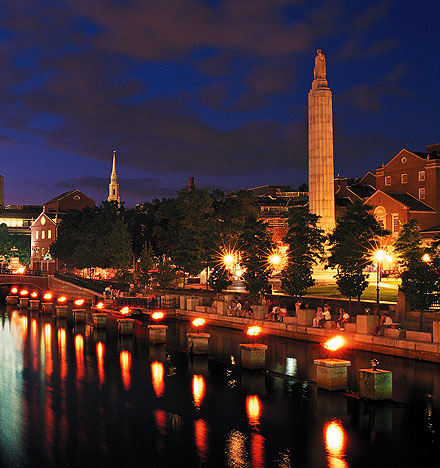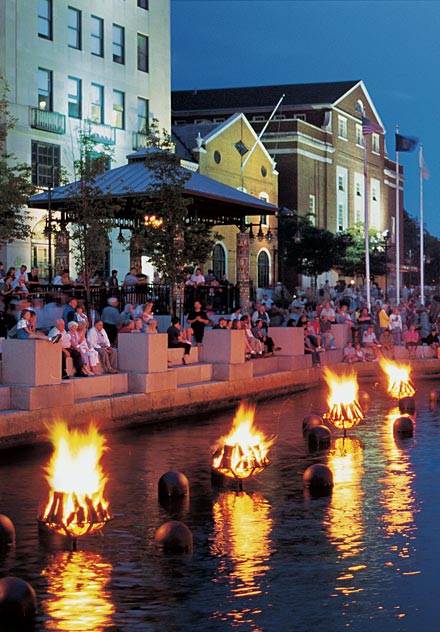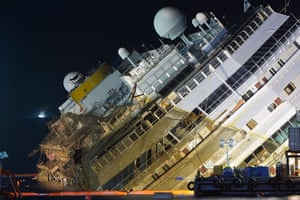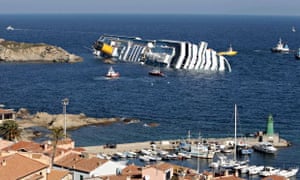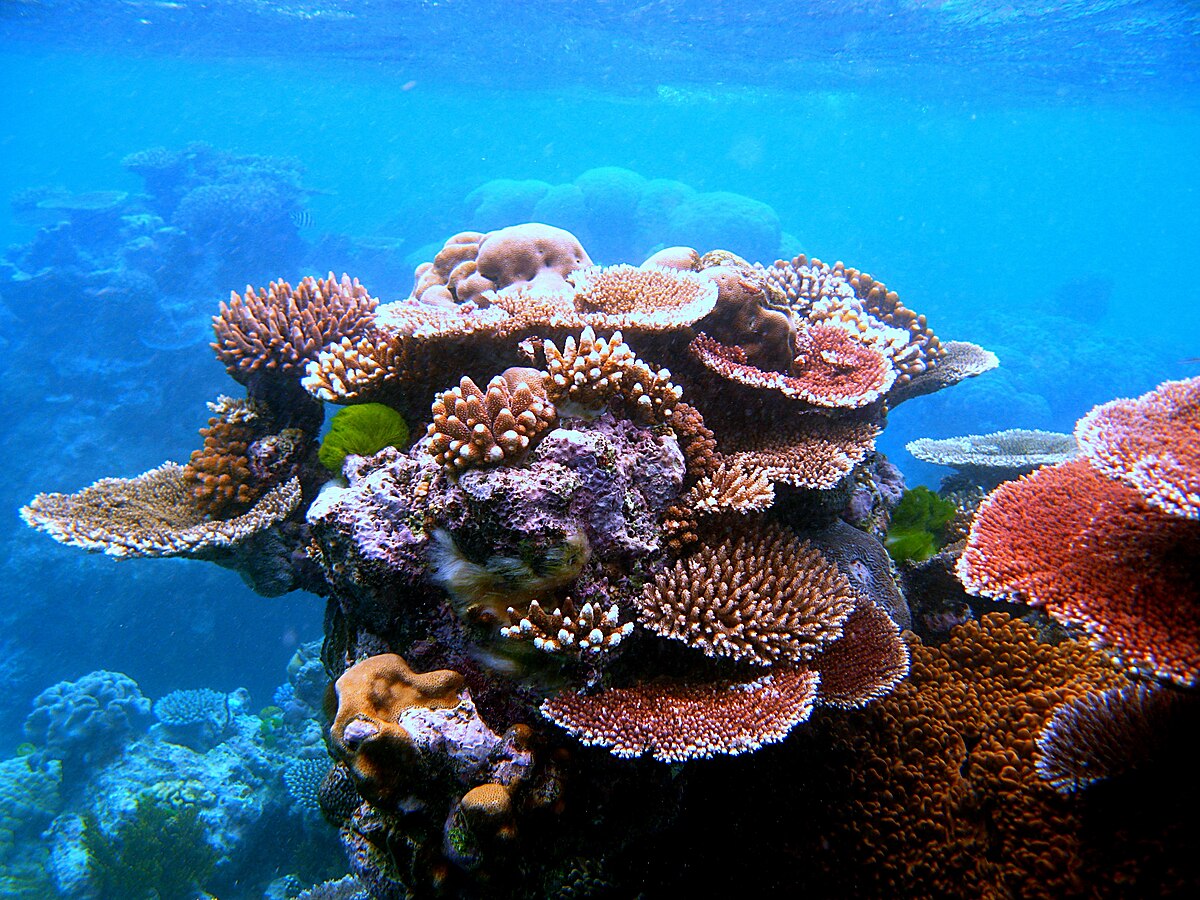“Dynamicland is founded by Bret Victor, it is a non-profit long-term research group in the spirit of Doug Engelbart and Xerox PARC. They’re inventing a new computational medium where people work together with real objects in the real world, not alone with virtual objects on screens. They’re building a community workspace in the heart of Oakland, CA — the entire building is the computer.”
Imagine that any objects you touch could interact with data, without the need of a screen. It is the augmentation of reality but without any headsets.
Still cannot grasp a closer idea of Dynamicland? Alright. Here are some real-life related examples that Dynamicland could possibly achieve:
1 Plan a round trip with your friends only using a coffee table;
2 Open up a birthday invitation on your fridge, and your Apple Calendar or Google Calendar projected next to it;
3 Or build an algorithm or a flowchart with sticky notes, and have it digitized immediately;
4 Or make music by arranging building blocks.
These are some examples of goals that Dynamicland is trying to achieve. In Dynamicland, screens and devices are not needed, but instead, ordinary physical materials that you can find in daily life – such as paper, cardboard, clay, building blocks, or toy cars are involved. Their concept is to make “literally working together” come true. Everyone is able to get their hands on everything, people can communicate face-to-face with eye contact while working together. Computational media is not hidden away in isolated virtual worlds.
Dynamicland did not reveal the full details of their actual technology yet. But through their website and twitter, videos of their projects are posted. In those videos, ordinary blank paper with colorful circle-like scraps are placed on the table, and above there is a projector. Every scrap of paper can be used as a computer, while it also remains the fundamental function of the paper. When people move the blank paper or the scraps with hands, the shadow that is projected from above is moving at the same time. People can program without a screen, only a piece of paper and a keyboard. With such simple computational media, everyone can make what they need for themselves, and programmability is for everyone.
Increasingly, working on a computer isolates us more than it connects us. Human beings might have lost what it means to work side-by-side with real people, to work with our eyes and hands, to learn from our surrounding. But Dynamicland’s concept could possibly be the future, where people can actually live in the magic, instead of looking through the glasses into magic. Quote on a quote from Dynamicland’s website: “Dynamicland is a communal computer, designed for agency, not apps, where people can think like whole humans. It’s the next step in our mission to incubate a humane dynamic medium whose full power is accessible to all people. The computer of the future is not a product, but a place.”
Further reading: http://blog.concord.org/dynamicland-a-new-direction-for-immersive-simulations?utm_source=Twitter&utm_medium=Social%20Media&utm_campaign=Dynamicland-Blog-Post-20180323
Dynamicland on Twitter: https://twitter.com/Dynamicland1
Dynamicland's website: https://dynamicland.org
Debugging on a piece of paper.
Working with other human beings, face-to-face, in Dynamicland.





